 Sara & Luca in their former glamorous life Sara & Luca in their former glamorous life Sara Bertagnolli and Luca Sguazzini are two beautiful, amazingly adventurous Italians who have the voyager bug--bigtime. They have one of the more successful YouTube "vanlife" channels. They have traveled from Alaska and the Arctic Sea to Tierra del Fuego at the southern tip of Argentina in an old Ford pickup truck they dubbed “Lucky LeAw” (for Leave Everything And Wander). They left Italy in 2017 with only $1700, leaving their careers behind for their starting point in Canada. All they had was a bold desire to travel from North to South America along with an unstoppable passion and their ingenuity. The fact that they are both multi-lingual doesn't hurt either. Sara speaks Italian, German, English, and Spanish. Lucas speaks Italian, Portuguese, Spanish, and English. The quality of their videos got better and better as they traveled and are wonderful to watch.
Having experienced a bit of this type of brave voyager's attitude in my younger years--by traveling over 5000 miles on a moped bogged down with 50 pounds of camping gear throughout France and Switzerland--I was drawn into their videos from the beginning. They subsequently had to return to Italy and leave their trusty, rusty Lucky LeAw behind in Brazil when Covid hit (with a dream to go back and complete their a round trip back up into North America). They currently live in their small mountain house in Northern Italy they call Luckyland. Being resourceful, as soon as travel was permitted, Luca outfitted his old van from his motorcycle racing days and dubbed it Luigi. Italian travel videos followed as they voyaged to the most amazing Italian locations.
Luck plays well in their lives--a common and obvious theme about their view of life itself. Luck made them find each other. Luck helped them get out of some very precarious situations during their travels. Luck and love saw them marry. Luck also brought them their new baby, Luce (in Italian, meaning Light, pronounced "Loosh-ah"). Her angelic face and smile remind me of when my son Lucas first came to our little family. Precious. A Change in Luck... Luck seemingly failed Sara's dear, young and strong Luca recently, who after from suffering with headaches during the last month had three major strokes this past week. Sara's video is painful to watch... So, right now, I am asking all of my Grand Voyage Italy followers (all 250,000 of you) to go to Leave Everything and Wander's YouTube channel and watch their videos. Subscribe to their channel. (It costs nothing). Get hooked--as we did--by binge-watching every video in chronological order. You'll be sharing Sara's and Luca's adventures and helping them financially. YouTube pays them for placing ads on their videos. The more subscriptions and the more Likes, the higher their income. Although Italian healthcare is free, they will need this boost to help them through this difficult time.
And to Luca, we would like to say: Rimani forte ... sii coraggioso ... e ricorda, sei amato. We are positive he has the determination and fortitude to get though this and come back to full health. --Jerry, Lisa and Lucas Finzi  Stefano and Gianna Stefano and Gianna One of the highlights of our Voyage throughout Italy was our hot air ballooning adventure, flying over the Tuscan hillside with wisps of smoke filling the air from the burning of vine prunings down below. This flight was memorable not only for the beautiful scenery, but for the pilot that took us up into the Italian skies... Stefano Travaglia. Sadly, this Mago dell'Aria, a master pilot of ballooning, took his last flight this week on September 14th from his Barberino Taverelle home in Tuscany. As a mutual friend tells it, his wife Gianna said he had planned to work in his garden that morning, but she returned to discover that her dear Stefano had passed away gently in his sleep. Many knew Stefano. The people of his rural part of the Tuscan and Chianti regions knew him as a neighbor and friend. Always conscious of not disturbing his neighbors' fields or crops when landing, Stefano was quick to offer a bottle of Prosecco to farmers when he landed in their fields. He rarely imparted any damage to these fields, being such a masterful pilot, typically landing his balloon exactly where he wanted it, while not harming crops or other property. (I can attest to this... he landed our balloon after pointing out the landing spot from over a thousand feet above, reminding me of a major league baseball player pointing to the path of his home run). Thousands upon thousands around the world also knew him as "their" balloon pilot as he helped them discover a peaceful, childlike joy, flying them above vineyards, olive groves, villas or even the medieval towers of San Gimignano. Because he wanted to afford as many people as possible to fly silently through the air, he was the first balloonist in Italy to have a handicapped accessible basket. 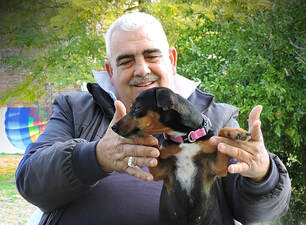 Stefano with one of his pups Stefano with one of his pups Those in the aeronautic and ballooning world knew him for his skills as a pilot. After doing a stint in Manhattan as a commercial photographer, he returned to Italy and began a career with airplanes, but his interests soon turned to lighter than air flight after training with world renowned British balloonists. Today, there are many Italian hot air balloon pilots offering flights throughout Italy who Stefano personally trained. In fact, he and Gianna founded the Association Aerostatics Tuscany. Stefano was inspired by the first balloon flights of Montgolfier brothers from France in 1783. In fact, the Italian word for hot air balloon is mongolfiera. Second only to France, Italy also became a country with colorful balloons floating over its magnificent landscape. One early Italian ballooning passenger recalled after his flight, "Rome looked like a field which had been seeded with white flakes of plaster, while the Tiber seemed to be a very fine thread”. Stefano witnessed similar reactions to his many adventurers. Fly your highest in your last flight, Maestro del Cielo. The flight this time must be wonderful.
Our family offers hugs and prayers to Gianna, family and friends. Stefano's memory lives on. Be certain of it. --Jerry, Lisa and Lucas Finzi For many years, you couldn't visit. Then you could. Then you couldn't. Then you could again, but only by making an appointment way in advance. There was a time this magical place was going to ruin, with no one looking over it--caring for it. Then there was a group of volunteers who tried their best to look after its beauty. Then the place was put up for sale and bought, with an uncertain future again... Will the public ever be able to share in this amazing piece of architecture? Of course, we're talking about Castello di Sammezzano, the Moorish Revival palazzo in Leccio, a 45 minute drive from Florence and not too far from the local Mall Firenze.  The foundations of Sammezzano date back to the Romans and in the middle ages it was a defensive fortress--its most famous visitor being Charlemagne. Later on, its owners included such noble families as the Gaultierotti, the Altoviti and even the Medici. Around 1600, it was bought by the Portuguese nobleman Sebastiano Ximenes of Aragon and remained in the family until 1816, when it passed into the Panciatichi family via the wife of the last Ximenes d’Aragona. 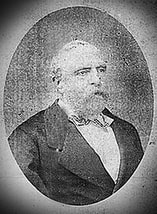 The Marquis The Marquis Two generations later, it became the property of the man who changed its destiny: the Marquis Ferdinando Panciatichi Ximenes d’Aragona. Between 1842 and 1890, Ferdinando completely reshaped a medieval castle into an Orientalist palace in line with the fashion of the time, particularly in Florence. The result is a stunning mix of the Moorish with the Byzantine, the Indian with the Chinese. Using entirely local craftsmen, he had all the bricks, tiles and friezes made under his supervision on site. It's almost inconceivable that this palazzo has 365 rooms--one for every day of the year--each with its own name and unique style and decor. The more famous rooms are the Peacock Room with colorful geometric design, the White Room with its Moroccan mosaic tiled floors, the Hall or Mirrors and the octagon Smoking Room. In the Great White Rotunda there is a glass dome surrounded by a balcony, and the shields that adorn the base of the dome bear inscriptions: Fortitudo, Elementia, Temperantia, Pax, Prudentia, Justitia, and Libertas. There is even a small chapel in the palazzo. It would seem that the Marquis used just about every type of architectural element to enhance his creation: hidden niches, corners, friezes, windows, columns, labyrinths, capitals, arches, vaults and domes. Above an archway are the words "Non Plus Ultra", in Latin meaning "no more beyond", a saying that is said to have been inscribed on the Pillars of Hercules (nowadays known as the Strait of Gibralter), in part as a warning to sailors not to travel beyond the edge of the known world. Some think that the Marquis meant to take his visitors beyond the beauty of the known world when they entered his home. But perhaps, the meaning of a Latin phrase should be thought of in the way the ancient Romans used it, in this case, the highest level that could be attained or the the highest degree of a quality. This is, after all, what becomes evident to any visitor to Sammezzano. The quality of al the details are absolutely astounding. The beauty of the palazzo was even enough to entice Umberto I, King of Italy into visiting Ximenes at Sammezzano in 1878.
After the Second World War Sammezzano became a luxury hotel with apartments, spa, golf and country club until it closed in 1990. In 1999 it was bought by a British investor in 1999, and some stabilization restoration work was done. It has since been abandoned and closed to the public. In April 2012 a local non-profit committee called FPXA 1813-2013 (an acronym for Ferdinand Panciatichi Ximenes d’Aragon) was formed to attempt to restore and preserve the palazzo. Then came the auctions... three of them to date. Movimento Save Sammezzano was a group dedicated to finding an owner who would restore and honor the castle. Appreciating the architecture and uniqueness, in 2018 a Dubai-based company placed an offer of $18.1 million on the third auction and is the current owner. Considering the recent purchase, it is unsure if the Comitato FPXA is going to continue tours. In case they are still arranging tours, contact [email protected] (or join the Facebook page Sammezzano – Comitato FPXA). The Committee typically would organize several visits each year, which sell out almost immediately. www.sammezzano.org. Otherwise, do as the locals do and hike the many trails and dirt roads that surround the castle. You will see many of the giant sequoias along the eastern slope of the castle. Just be respectful and don't try to enter the castle itself unless you have joined an authorized tour group. --Jerry Finzi Two of the trails leading to the Sammezzano 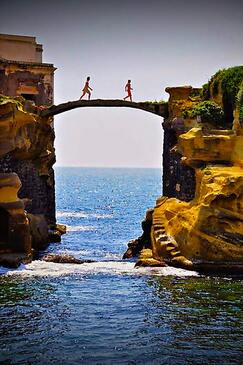 Well away from the throngs of tourists in other parts of Italy, the tiny double island of Gaiola just west of Naples is abandoned and ghostly. There are many legends about the place being cursed. In the early 1800s, the island was inhabited by a local hermit who everyone knew only as "Il Mago" (the Wizard). As most hermits, he lived a troubled, lonely life, existing on handouts of fish from local fishermen. Without warning, he mysteriously disappeared. It's not known if he cursed the island, but many unfortunate things came to pass for people who either lived on or owned the island. There is a small villa on one of the islets that has been occupied by many different types of people: A famous author, a Swiss businessman, a German investor, a pharmaceutical magnate, a steel baron, the Head of Fiat, billionaire J. Paul Getty, and an insurance company CEO. All met with strange fates either while on the island or shortly after purchasing it. Here's just a few of the cursed events:
The two twin islets are only about 100 feet from the amazingly rugged and beautiful coast of the Capo di Posillipo. Their main attraction is that they are akin to the original Siamese twins, joined by a narrow stone bridge that runs between them. In Italian, their name is Isola La Gaiola, which uses a variant of the local dialect word for cave (caviola), referring to the many small caves and grottoes are seemingly everywhere along this part of the coast. Area Marina Protetta Parco Sommerso di Gaiola For for SCUBA divers and and snorkelers alike, the waters surrounding Gaiola is a wonderful haven. They are a part of the Gaiola Protected Marine Underwater Park, a 100 acre marine preserve meant to protect the diverse marine ecosystem here as well as ancient underwater Roman ruins. Underwater ruins are scattered around the crystal clear waters. Some of the marine creatures here are found nowhere else on Earth. Consider the excitement of snorkeling among the underwater ruins of an ancient Roman temple.
If driving, you can reach the Park by driving down the Discesa Gaiola road, where you will find a car park on the left, followed by a short walk to the site. But be aware that in recent years, local police have placed a ban on vehicular traffic, from 7am to 7pm. You may also park up the hill on Via Tito Lucrezio Caro (there is a parking meter for tickets) and walk down the hill (15 minutes). And don't forget to check out the neighboring Archeological Park of Pausilypon.
Descent Gaiola (Cliff S.Basilio Cala), 80123 - Napoli Tel / Fax: 0812403235 Email: [email protected] Winter: from 1 to 31 October: daily except Monday at 10.00 to 14.00 from November 1st to March 31st: Tuesday, Thursday and Saturday from 10.00 to 14.00 Summer: from April 1 to 30 September: every day except Monday at 10.00 to 16.00 Tucked into the pristine landscape of oak and beech trees, streams, meadows and stands of forest is the medieval village of Fiumalbo in the Italian region Emilia-Romagna. It is located about 70 kilometres southwest of Bologna and about 60 kilometres southwest of Modena. Fiumalbo's name evolves from the Latin, flumen album (White River), with reference to the pristine waters of the two rivers that surround the village. The area surrounding the village is dotted with ancient Celtic stone huts, medieval places of worship and the most significant draw to the area, its Natural environment. A dense network of well-marked trails follow old donkey paths once traveled by shepherds and pilgrims can be traveled on foot, horseback or mountain bike. In addition, the proximity of modern ski resorts is a real bonus in winter. The streams are a destination for fly fishermen. In the vicinity, the nearly 40,000 acre Frignano Park sets the tone with its impressive natural beauty. The little borgho even has the credentials to prove their beauty, being a member of the Borghi più belli d’Italia association and having been awarded the Italian Touring Club Orange Flag status. Pistoia is just 7 miles or so over the Abetone pass, helping to unify the 1200 or so borghi. The common local dialect, due to the proximity of the border of Liguria and Tuscany, also helps knit together many of the local customs. The highest peaks of the Modena Apennines are here: Mount Cimone (2165 m) on one side and Mount Lagoni (1962 m) on the other. The spirit of the Celts are here, too. Not only in the forests, but on the houses of the region... Strange and mysterious, carved stone faces called marcolfe (mummies) are found throughout the region. The symbol of the wolf and talismans of Celtic culture supposedly ward off the malocchio (evil eye). Celts came to Italy in the fourth century BC and left their mark in the region, evidenced by the Celtic stone huts similar to those found in Ireland and Scotland. Some examples--a few with rye grass roofs--can be found in the village of Valdare and along the road from Fiumalbo to the foot of Mount Cimone. The cuisine of the region is a mix of both Emilia and Tuscany with tortellone filled with ricotta, black cabbage soup, and a traditional sliced beef dish. Borlenghi, a paper thin crepe similar to carasau from Sardinia, is another traditional dish, stuffed with bacon and salami. Then there is tigelle, a stamped bread embossed with a Celtic rose, indicating its origin. Main courses feature what comes from the forest--mushrooms and game, accompanied by polenta. Their prideful dessert is the Croccante, invented in Fiumalbo, including natural ingredients such as chestnut honey, white almonds, sugar and caramel. 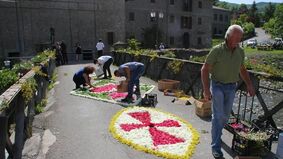 So, tear up your Must See List for Italy and visit one of Italy's small towns... there is a lot to do here: Fiaccolata di Carnevale February: on the night before Ash Wednesday, there is a parade through the village with people carrying birch torches, even torches lighting the stream. The flames signify giving up the coldness and hardships of winter and looking forward toa fruitful spring and summer. Infiorata del Corpus Domini Flower Festival on the the Sunday of the Corpus Domini procession through the streets with large, intricate floral carpets created by the inhabitants. Fiera di Luglio A sagre (food festival) on the second Sunday of July: food stands and stalls selling local produce, cheese, wine, etc. Festa di San Bartolomeo August 23: Feast of St. Bartholomew, the patron saint of the village. The village is illuminated with torches, torches, candles, and even candles lighting of the stream. A saint is accompanied in procession by the brotherhoods of the Whites and the Reds, wearing traditional costumes and carry ancient banners. The festival ends with fireworks. Presepe Vivente A living nativity, December 24, biennial. People are dressed in the clothes of their ancestors, carrying out traditional crafts. The highpoint is the Wise Men on horseback following a path lit by torches that winds through the old town and leading to the Nativity scene and the Christ child. --GVI Copyright 2019 - GrandVoyageItaly.com - Not for reproduction without expressed permission. Calascio is a small village and "Rocca" (fortress) in the province of L'Aquila, in the Abruzzo region of central Italy. It is located in the Gran Sasso e Monti della Laga National Park. 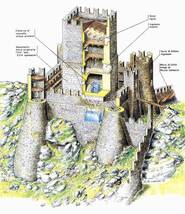 Rendering of how the Rocca used to look Rendering of how the Rocca used to look The earliest village on this site was of Norman origin since the 9th century AD. From the year 1000 onward, it came under control of the Barony of Carapelle (14th century), the Piccolomini family (15th century) and then to the Medici family (16th century), each in succession adding to and enlarging the massive fortress on the rocca above the village. Rocca Calascio, situated at 4800 feet in elevation, lies in an imposing landscape and is one of the most interesting military-defensive structures of its type. It is the highest and one of the oldest fortresses in Italy and affords amazingly dramatic photography, especially at sunrise and sunset. In fact, even Hollywood has been here before--as example--for the filming of Lady Hawke. The fortress dominates the southern side of the Gran Sasso mountain range. It has all the characteristic features of a medieval watchtower. The tower would have been transformed into the current Rocca during the 15th century. At first, there was only a single watchtower for military purposes. There is a walled courtyard with four cylindrical towers at the corners. A taller inner tower was added in the thirteenth century that collapsed during an earthquake centuries ago. The central tower was never rebuilt and today only the exterior walls remain. Curiously, during the time of the Medici, it was used to guard the paths used to move the royal flocks of sheep to their pastures. Parco Nazionale del Gran Sasso e Monti della Laga The real draw to this part of Abruzzo is the surrounding natural landscape with amazing biodiversity... flora, fauna, waterfalls and gorges. Gran Sasso e Monti della Laga National Park covers an area of 580 square miles and is one of the largest parks in Italy. It offers skiing, trekking, mountain biking, horseback riding, mountain climbing, paragliding and more. In addition, from June through October there are over 200 festivals and sagre (food festivals), so your culinary and cultural apetite will surely be satisfied. The Park consists of three mountain groups: Gran Sasso d'Italia chain, Laga massif, and Gemelli Mountains. The Park is also characterized by the presence of the highest peak of the Apennines, Corno Grande at nearly 10,00 feet tall. The most southern glacier in Europe is located here too--the Calderone. Trekkers might be surprised by the prescence of the Osservatorio di Campo Imperatore, a telescopic observatory high up on a mountaintop along with its own botanical garden. In the town of Fonte Cerreto, there is a large funivia (cable car) to take you up to the top of the mountain. Bottom line... if you love mountains, nature and back country activities, a visit to the Park and Calascio will be a great alternative to the "must see" tourist site in Italy. --GVI 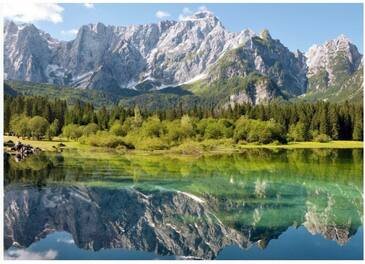 From our contributor, Anthony J. DiLaura A lesser known and less frequently touristy region of Italy is that of Friuli-Venezia Giulia. It is bordered by Austria and the Dolomite mountains, Slovenia and the Adriatic Sea. The Capital City is Trieste and the area was part of the Austro-Hungarian Empire in the nineteenth century. Friuli-Venezia Giulia is populated by 1.2 million inhabitants, characterized by the spectacular beauty of its snow capped mountains to the North, its verdant valleys and pastures, mountain sloped vineyards and deep blue waters of the Adriatic. The region, although part of Italy, is one of five autonomous regions with special statute. The regional capital is Trieste. The city of Venice (Venezia) is not in this region, despite the name. Friuli-Venezia Giulia has a rich ethnicity of Austrian and Slavic origin, reflected in the language spoken there and the amazing cuisine found in the local eateries. I had the pleasure of visiting there a few years ago traveling from Ljubljana, Slovenia to Venice. Things to Do in Friuli-Venezia Giulia Friuli Venezia Giulia Trekking Guide
Prosciutto di San Daniele Tours in Udine Frulian Wine Tours Ancient Roman Archeological Site at Aquileia Grotta Gigante, the Largest Cave on Earth Alpine Bob Coaster in Tarvisio Gorizzia Castle and its Musical Instrument Museum Tandem Para-Gliding Cross-Border Skiing and Snowboarding 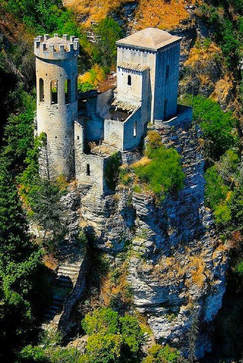 Nearly 2500 feet above the boundary of the Tyrrhenian and Mediterranean Seas is the ancient town of Erice with its two castles, Torretta Pepoli and Castello di Venere (Castle of Venus). The mountain-top town has amazing views overlooking the city of Trapani, at the northern tip of the western coast of Sicily. A cable car joins the upper and lower parts of the beautiful town and with belvedere views from every corner of the town, it's well worth the trip. In the northeastern portion of the city there are the remains of ancient Bronze Age Elymian walls dating back to several thousand years before the time of Christ. The name Erice comes from the Greek hero, Eryx, even though the town was originally colonized by the Phoenicians. It was then ruled by the Greeks, the Carthaginians, and then the Arabs (the Aghlebids), until the Normans conquered it in 1167 and gave it the name Monte San Giuliano, a name that stuck until until 1934. 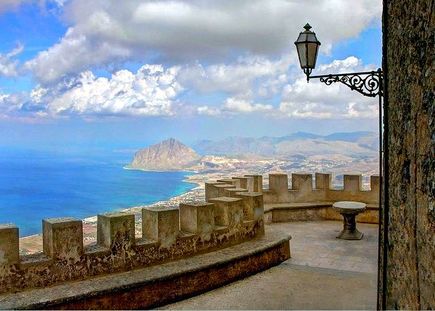 Pepoli Castle dates from Saracen times, and the Castello di Venere dates from the Norman period, built on top of the ancient Temple of Venus. According to legend, the temple was built by the Trojan hero (Venus' son), Aeneas to honor his goddess mother. Legend claims that an important cult used the temple for its sacrifices, and that the animals chosen for sacrifice would voluntarily walk up to the altar to be killed. Today, there are no sacrifices, so you can safely take the cable car (funivia)--newly rebuilt after a forest fire--from the outskirts of Trapani to the town of Erice. --GVI Cyclists already know Lake Garda as a premier cycling destination, but the design and installation of a cycle path that hangs from the craggy cliffs surrounding the lake is going to be a real game changer. At a projected cost of over $130 million, Garda in Bici (Garda by Bike) is being constructed nearly 200 feet above the lake to complete an 86 mile route that circumnavigates the lake. The first three-mile section is set to open this summer, and the entire course should be completed by 2021 which will connect three Italian regions: Lombardy, Veneto and Trento. The area surrounding Lake Garda is already popular with cyclists who ride off-road trails in the Dolomites and with the grueling TransAlp Bike Race. 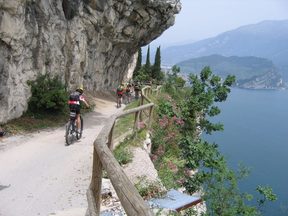 The sleek steel and wooden route features elegant iron fences built as futuristic balconies with views of mountain peaks, boats sailing by and the picturesque villages that dot Lake Garda's shores. The engineering to complete the installation itself is daunting, at times using using helicopters, mountaineering experts and specialist riggers drilling into solid stone. Thick steel poles drilled into the cliffs support the board treadway, seemingly defying gravity. The addition of this amazing structure to the many biking paths that already exist around Lake Garda makes this a must-cycle destination. Update, 6/20/19: As the video below shows, the "bike" path is also frequented by pedestrians and is becoming a bit over-crowded, as most popular sites in Italy... For more information about cycling in Lake Garda, Click Here. --GVI 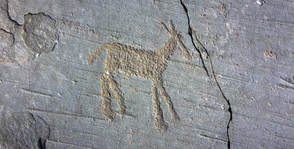 A fawn A fawn It never ceases to amaze me how interesting Italy is, and how far back its culture goes. In fact, nearly every region has its share of evidence of man in the earliest days of prehistory, such as the images carved into the bald rock face at the Parco Nazionale delle Incisioni Rupestri (Incised Rocks National Park) in the alpine Valle Camonica, Lombardy. There you will find prehistoric images of hunters and their game, warriors, a primitive chariot, grass huts and other neolithic symbols. Valle Camonica was settled by primitive tribes 15,000 years ago, at the end of last Ice Age, after the melting glacier first carved out the valley. It is likely that the first humans visited the valley in epipaleolithic times, and appear to have settled by the Neolithic period. When the Ancient Romans extended their dominions north of the River Po, they encountered a people called the Camunni, of unknown origin, populating the valley. About 300,000 petroglyphs survive from this period. 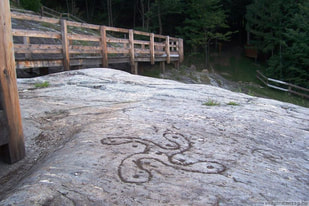 This was the first Italian archaeological park focusing on the carvings in Valle Camonica, opened in 1955, and is the primary site in a network of similar rock art parks that has grown up since the 1970s in the area. It contains 104 engraved rocks at an altitude of about 1200 feet. The engravings are seen on exposed outcrops of purple-grey colored Permian sandstone (Verrucano Lombardo), smoothed and shaped by ancient glaciers. After the glaciers finished their work polishing and exposing the mountaintop, the prehistoric inhabitants who live in the valley, ions before Christ walked the Earth, took over and decorated them with both illustrative and symbolic images, showing their connection to both the natural and spiritual worlds. 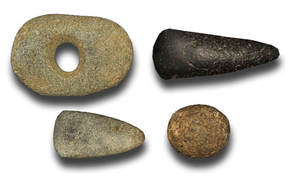 Neolithic Hammerstones Neolithic Hammerstones Interestingly, most of the engravings were made by striking the rock surface with a hammer-stone, chipping small pieces out as they carved images into the stone's surface. There are also a smaller number of images made by scraping techniques. Most of the Naquane engravings date from the Neolithic (5th millennium BC) to the Iron Age (1st millennium BC). The phenomenon was particularly common during the latter period, when the valley was inhabited by the Camunni, although historical-era engravings, Roman and modern, are also present. The road leading to the park passes by additional rock carving sites of Dos de l’Arca and Le Sante, finds from which may be seen in the Capo di Ponte museum (MUPRE). As illustrated in the photos below, I'm amazed at how accurate some of the drawings are when compared to their real world counterparts... Parco di Seradina-Bedolina The Municipal Archaeological Park of Seradina-Bedolina was set up in 2005 and, located on the right bank of the river Oglio, collects inside its rocks primarily engraved with the Bronze Age (2000 BC) and the Iron Age (1000 BC ). Il Parco Archeologico Nazionale dei Massi di Cemmo In the small valley of Pian delle Greppe, not far from the hamlet of Capo di Ponte, rises the National Archaeological Park of the Cassie Massi, an archaeological area of great importance in the history of the studios of Camuna peoples rock art. There are hundreds of carvings in this park, some dated back to the ninth millennium BC. Parco di Interesse Sovracomunale del Lago Moro Luine e Monticolo The archaeological site of Luine boasts purple colored stone outcrops with engravings dating to the Mesolithic period, along with stone huts and dry stone structures used by one or more prehistoric communities to conduct collective ceremonies. Il Parco Archeologico di Asinino-Anvòia The Asinino-Anvòia Archaeological Park is located in the heart of the Ossimo-Borno plateau. The site is characterized by standing stone alignments from the Copper Age (3rd Milennium BC). Riserva Naturale Incisioni Rupestri di Ceto, Cimbergo e Paspardo The Reserve is the largest protected archaeological area of Camonica Valley, extending over 750 acres spanning the three municipalities of Ceto (with Nadro village), Cimbergo and Paspardo. The engraved rocks, some as old as the 5th millennium BC, are nestled in a natural mid-mountainous environment alternating at places with man-made structures. You can spend hours to days exploring this area. --Jerry Finzi
|
Categories
All
Archives
May 2023
|



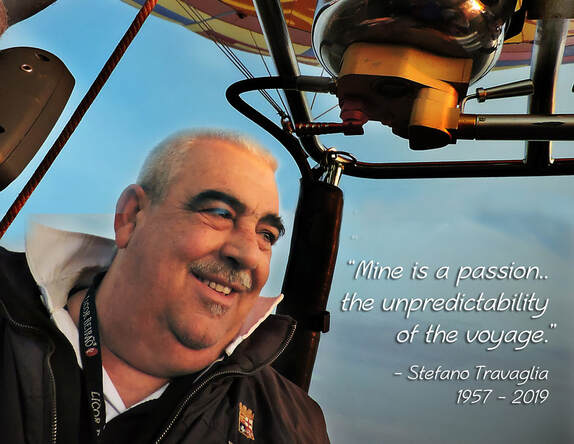
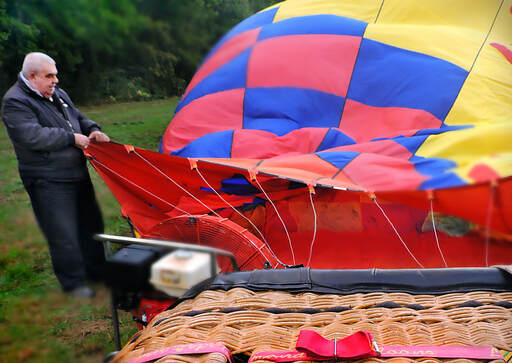
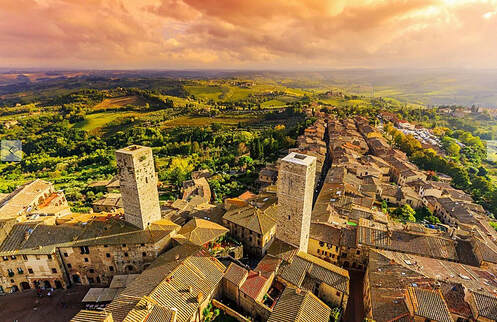
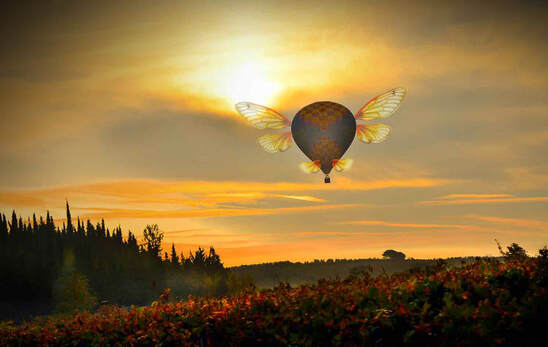
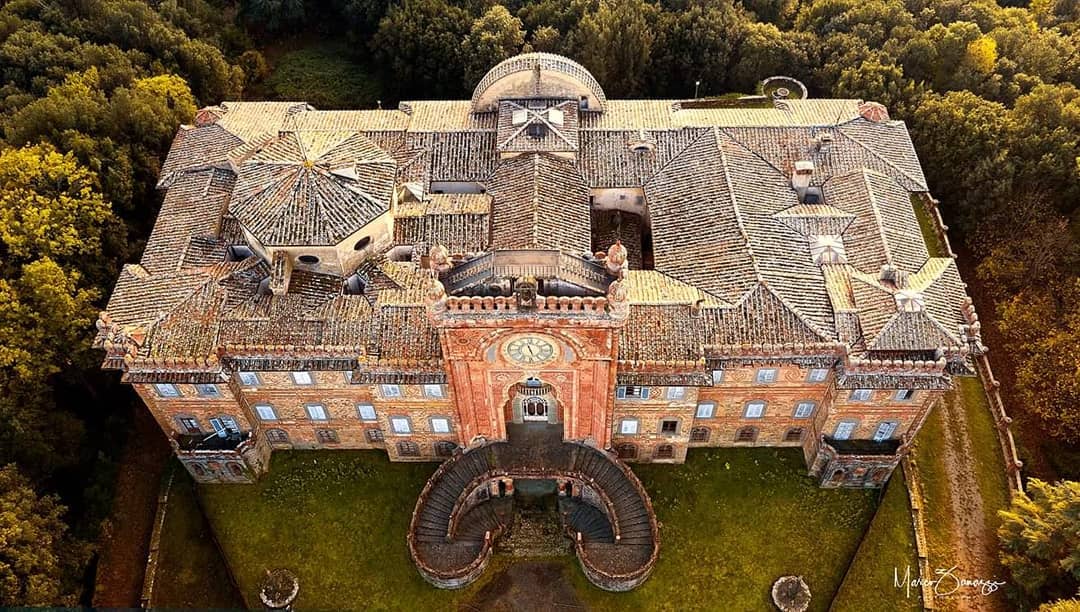

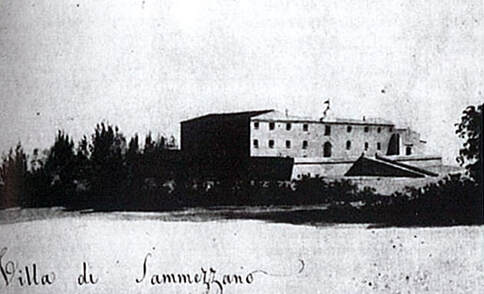

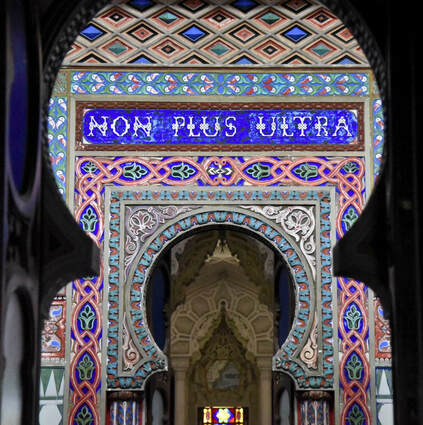

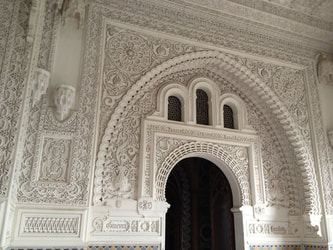
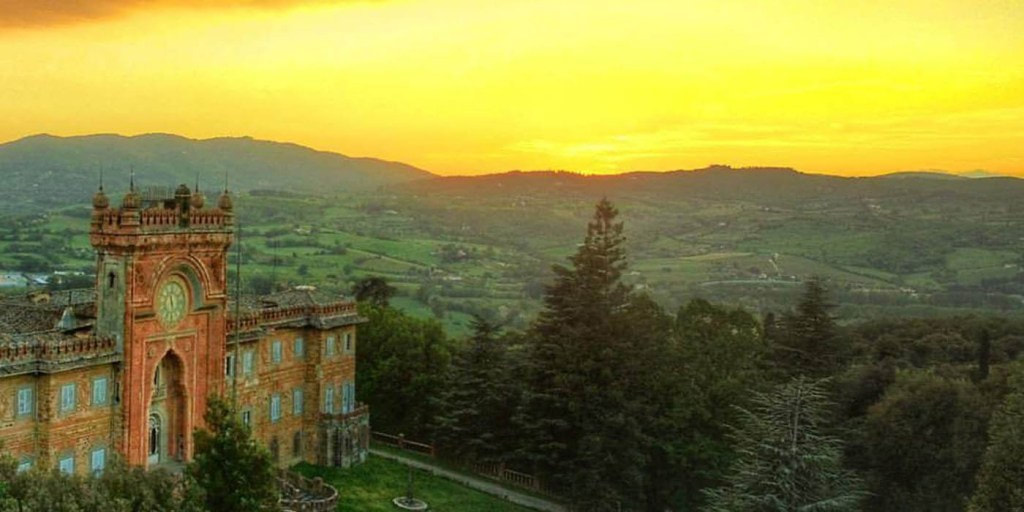

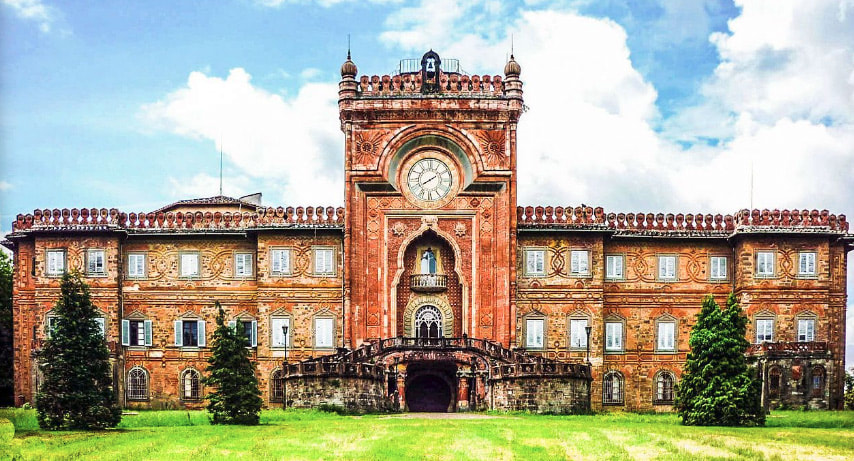
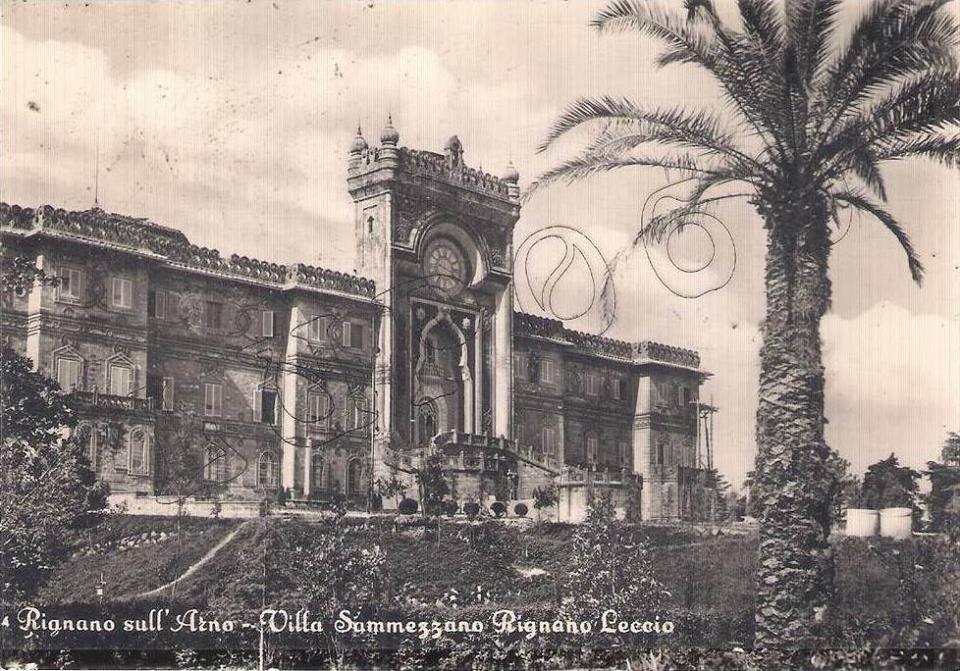
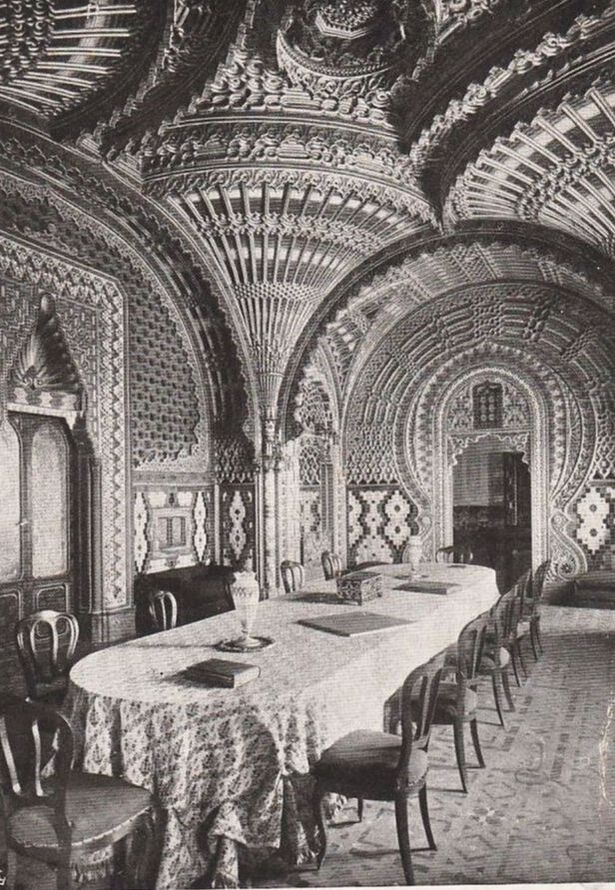
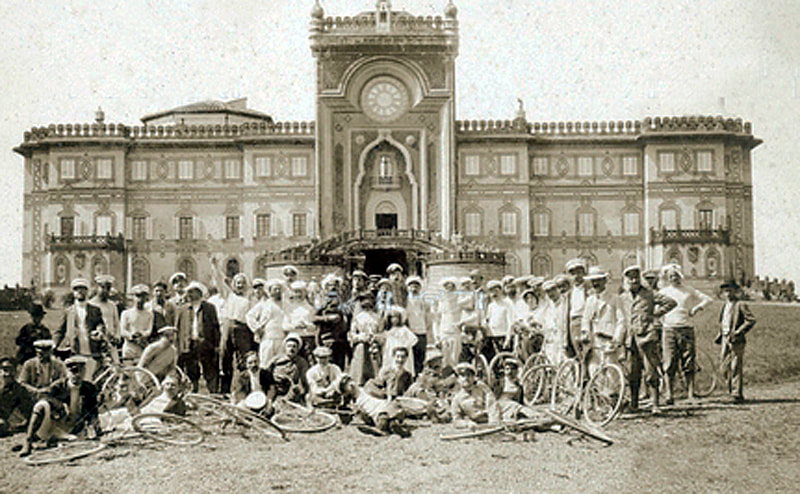
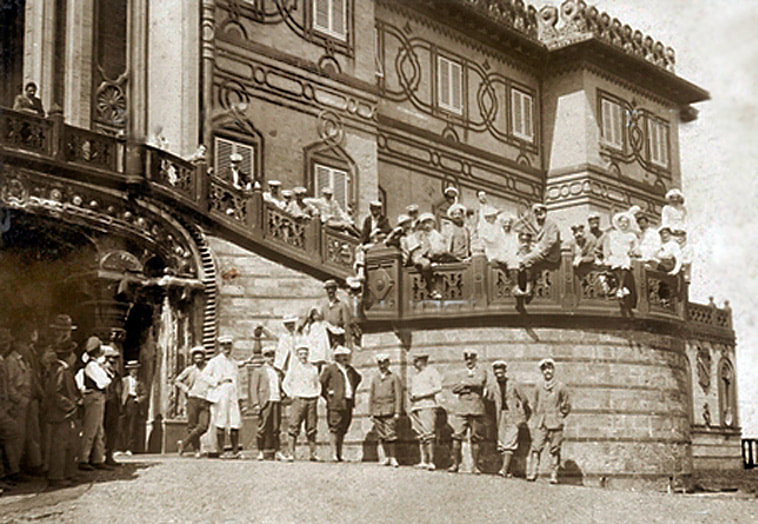
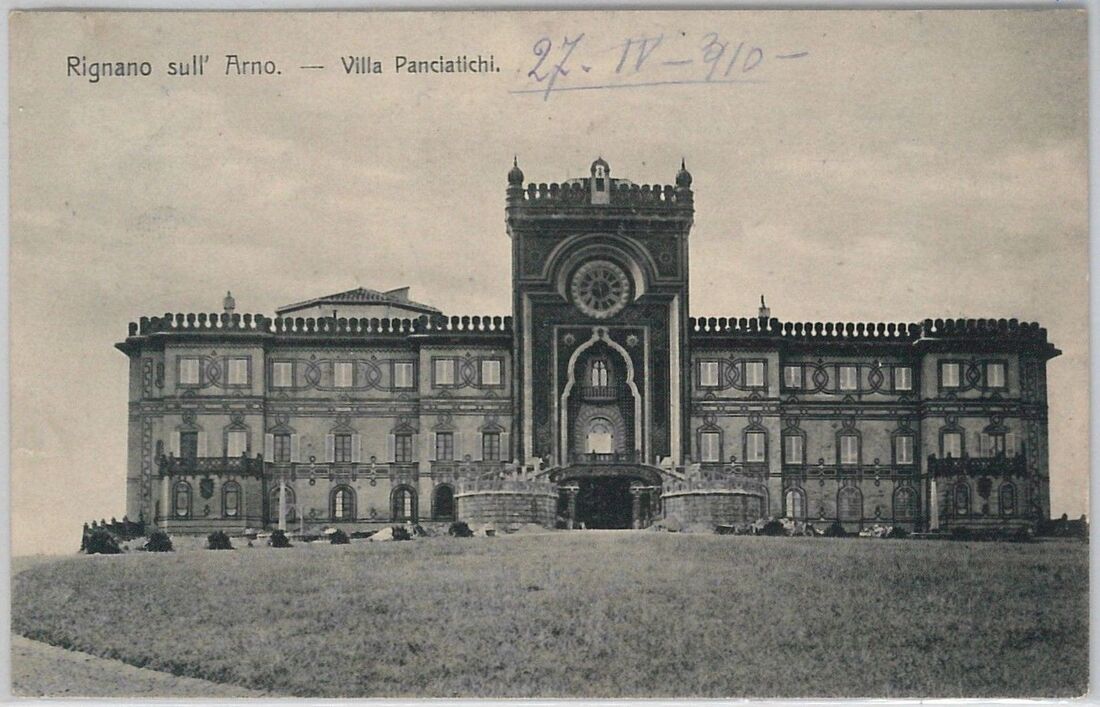
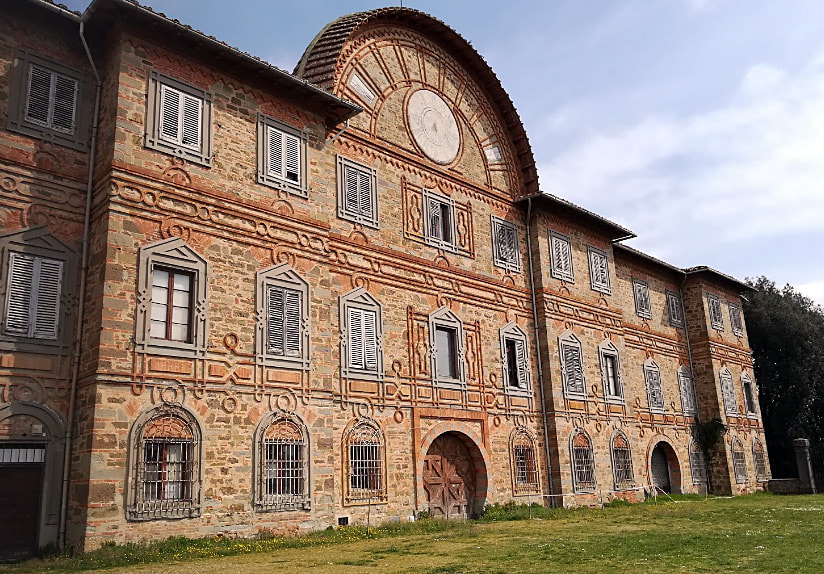
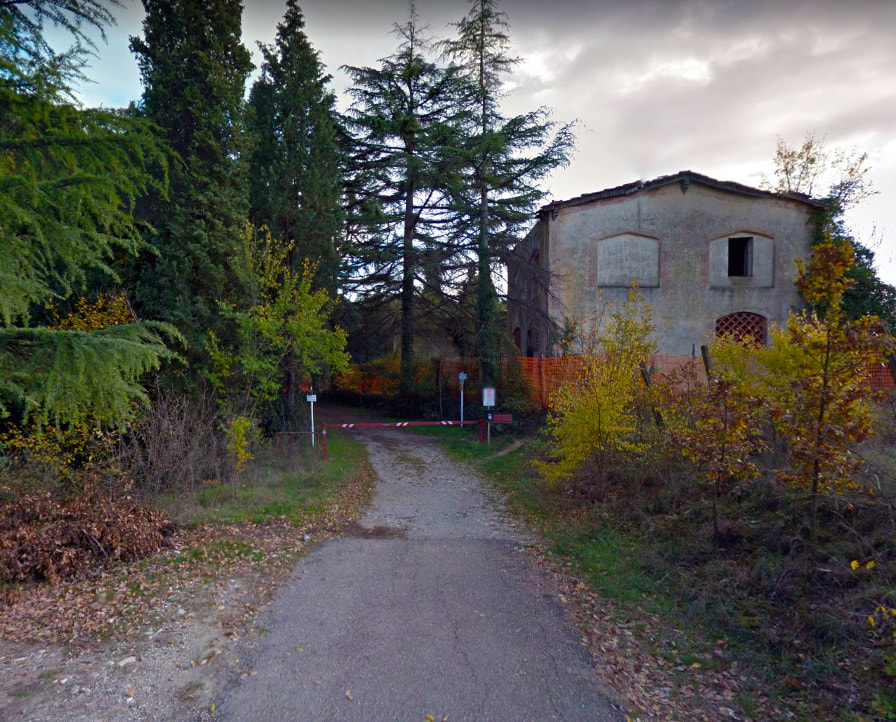
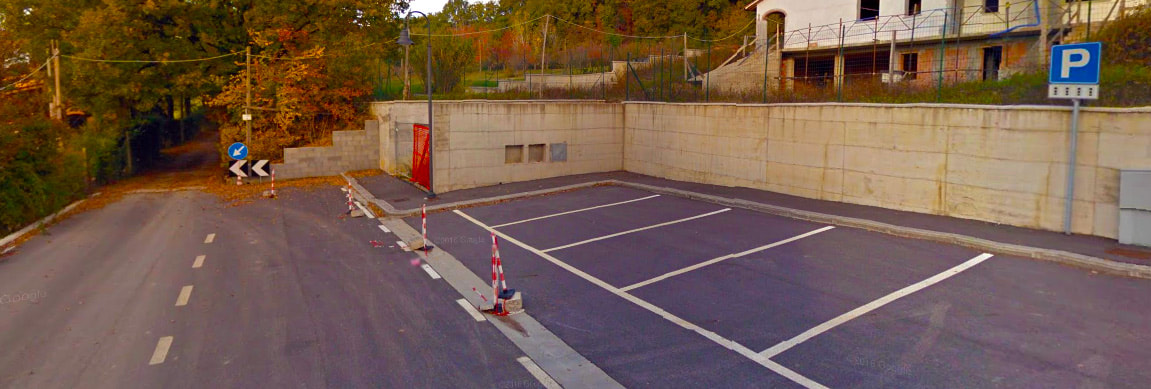
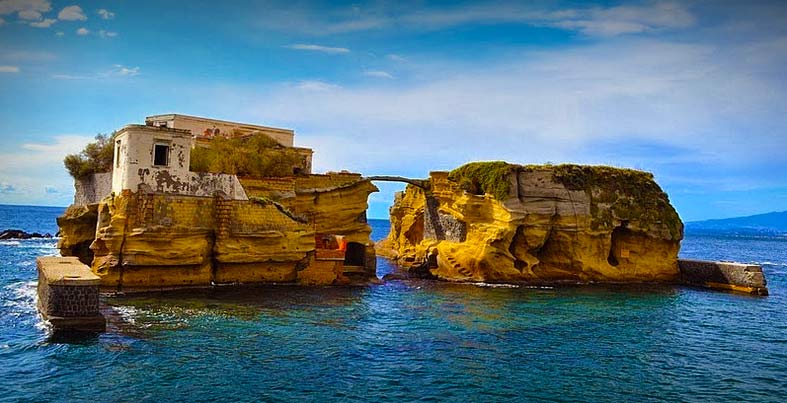

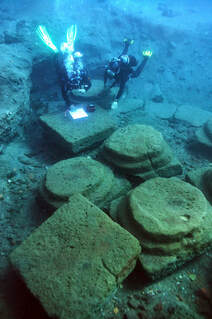
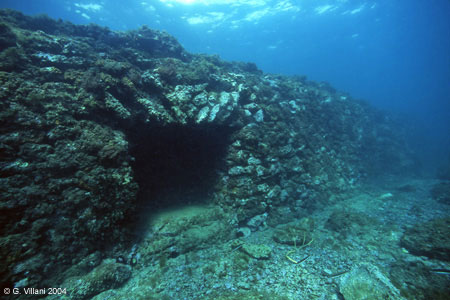

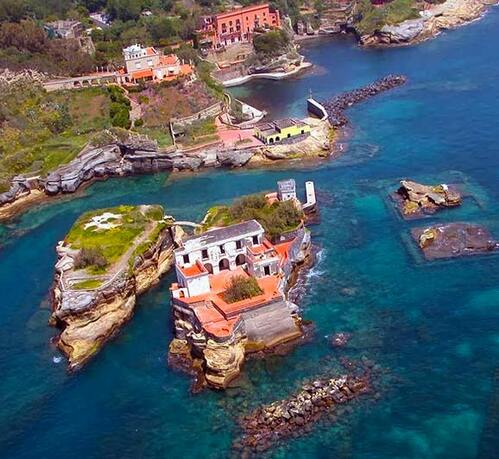

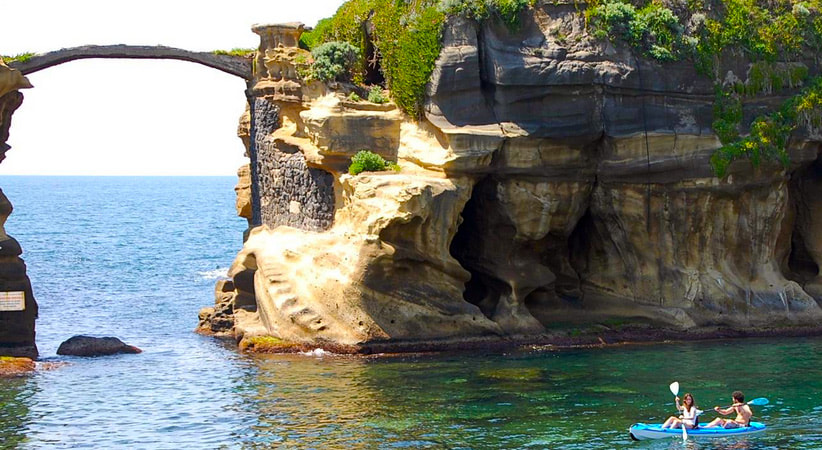


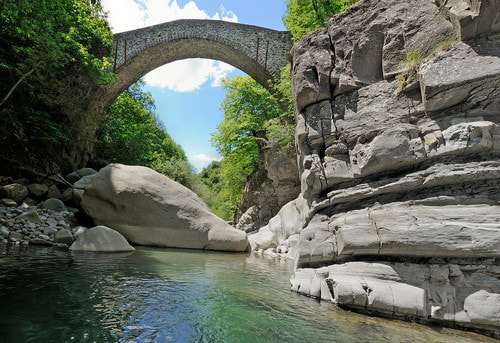
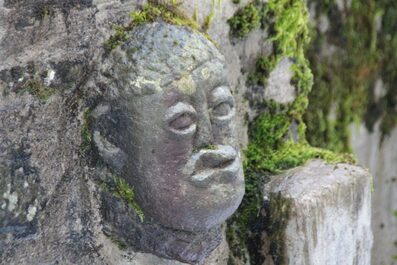
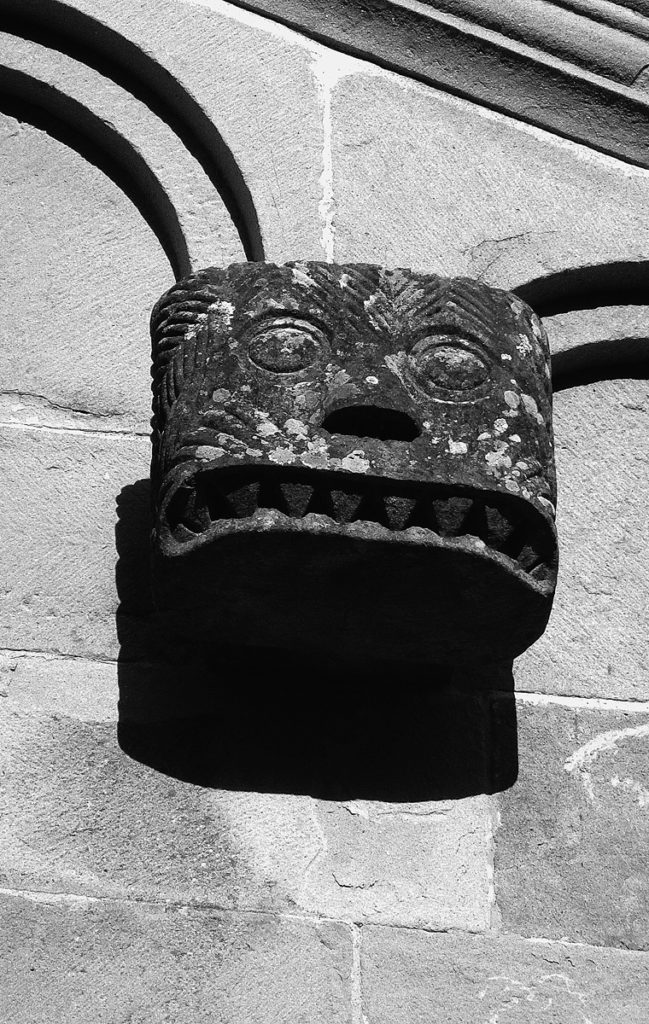
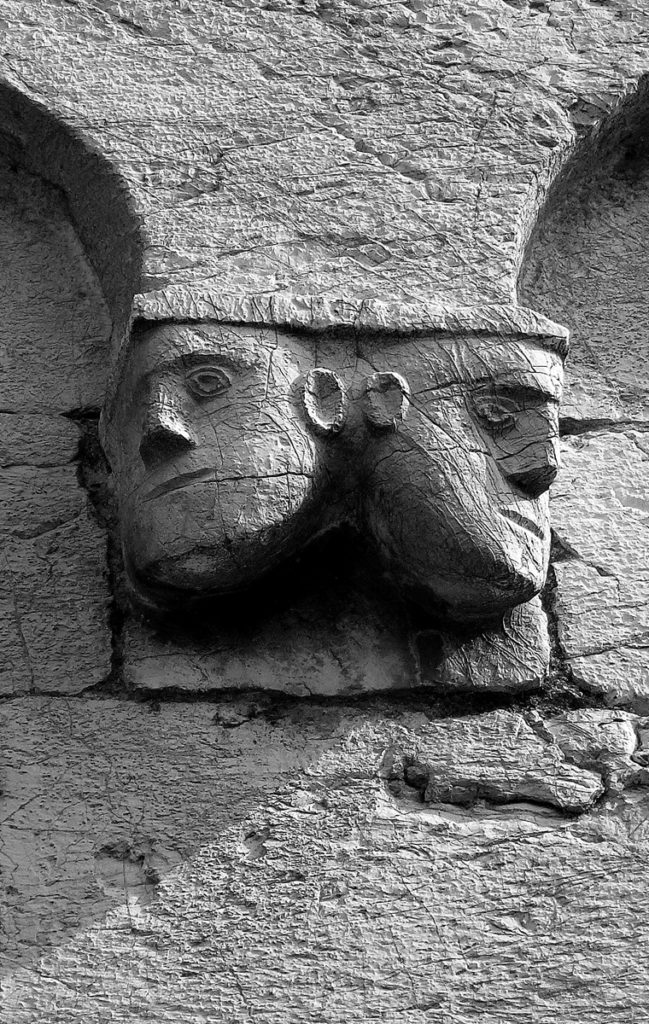
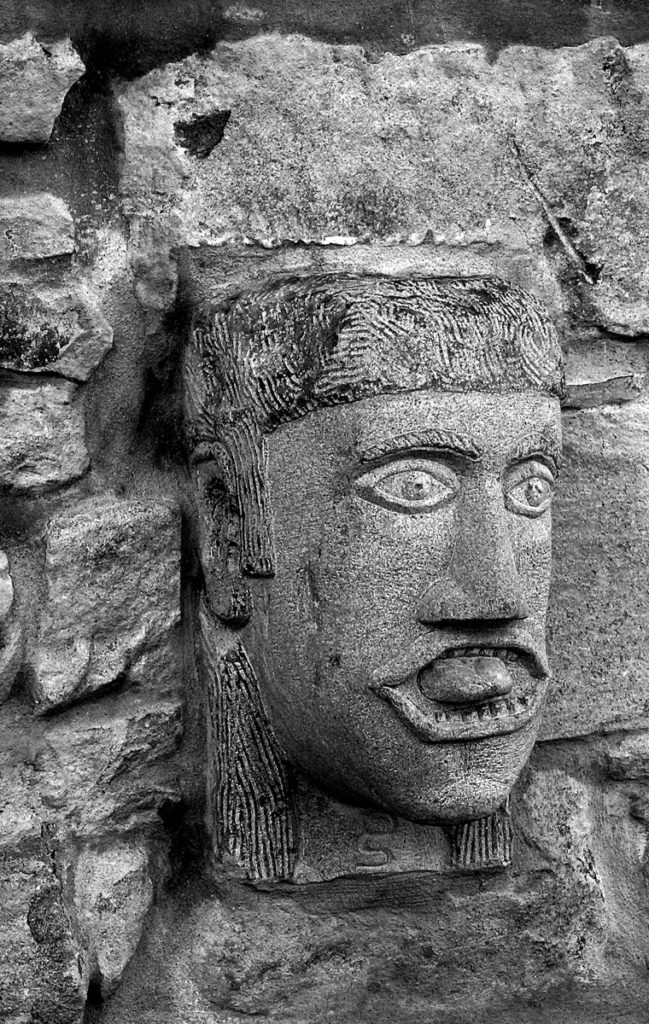
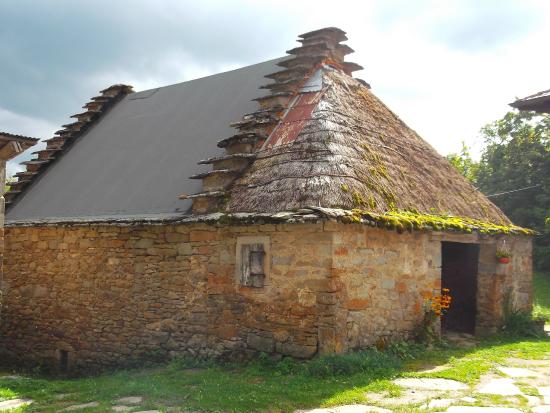
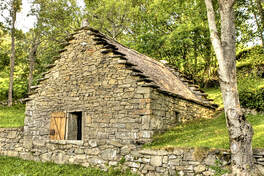
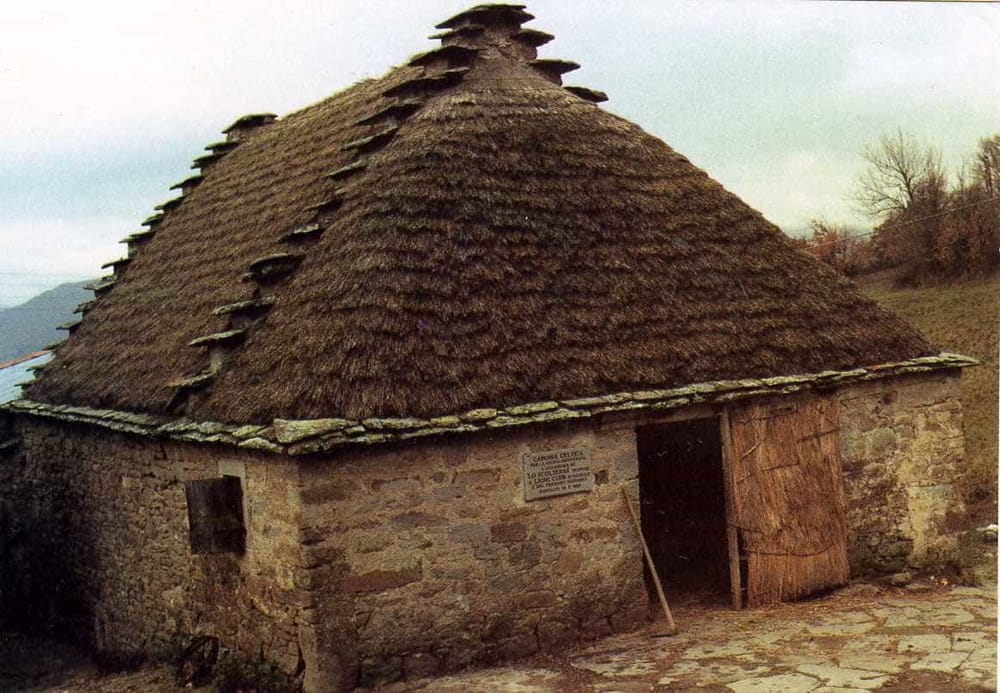

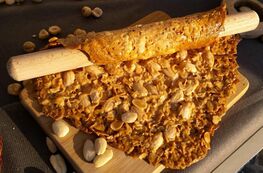




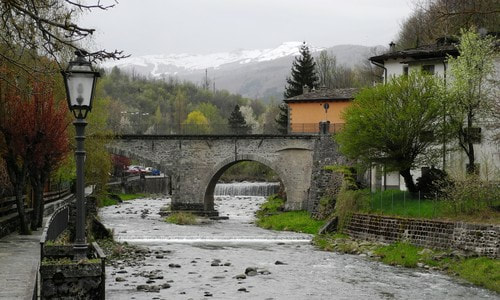
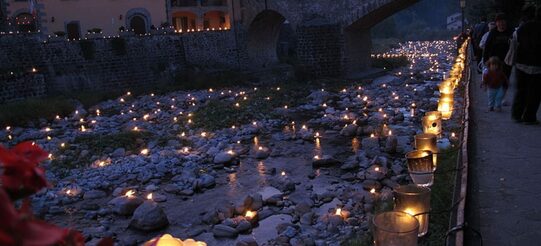
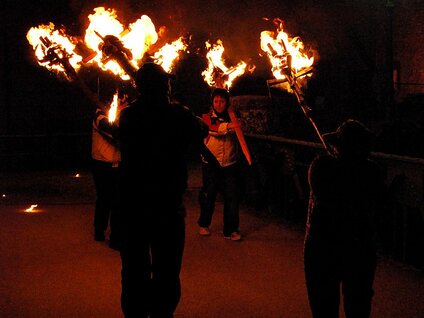

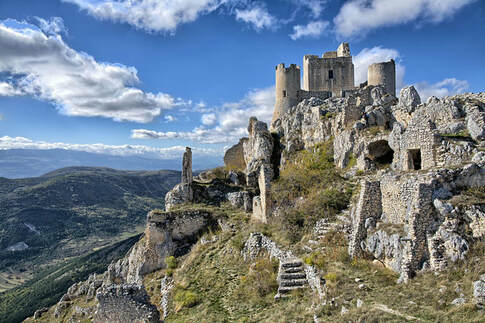
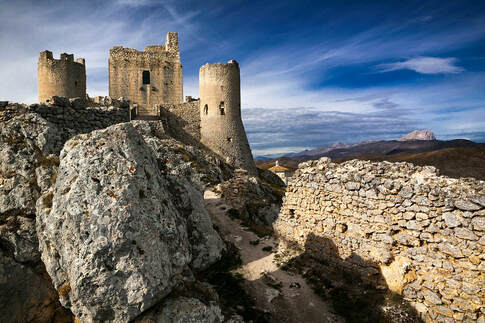
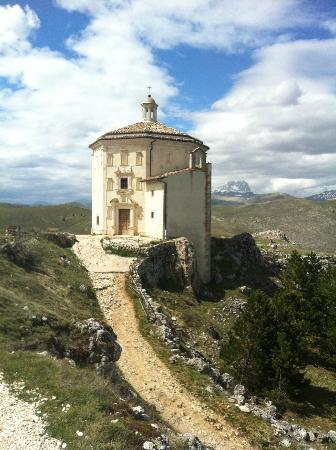
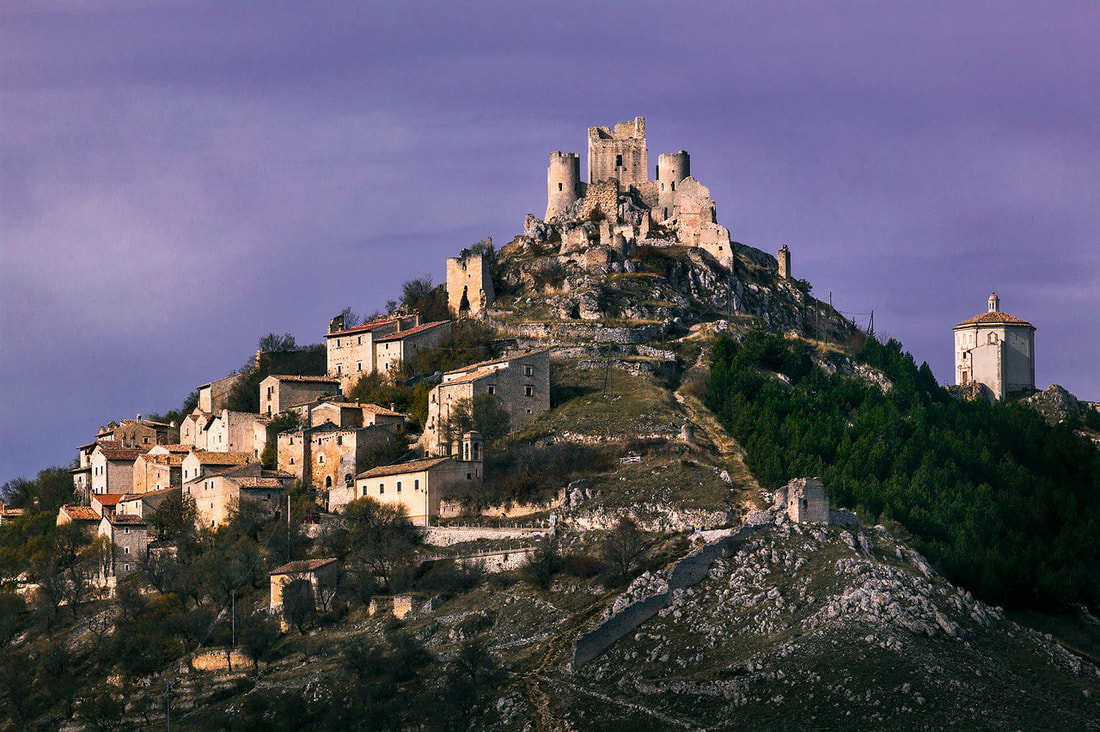
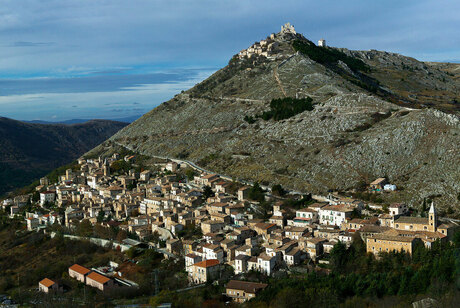
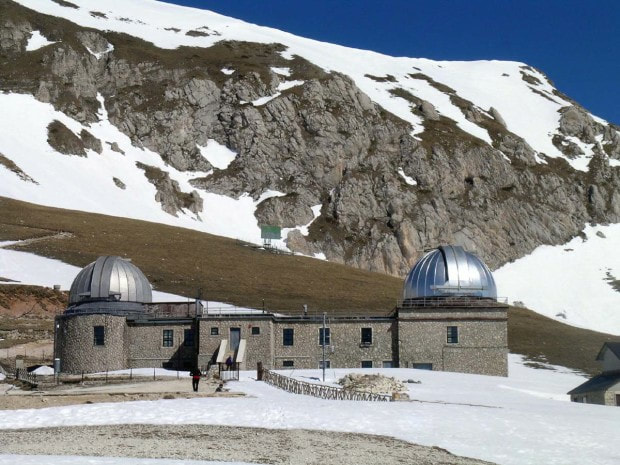
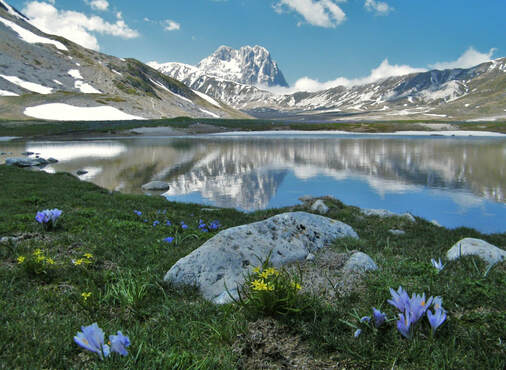
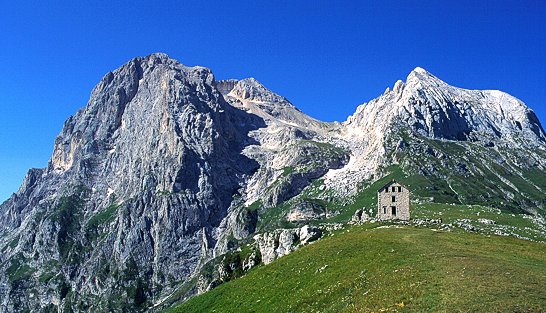
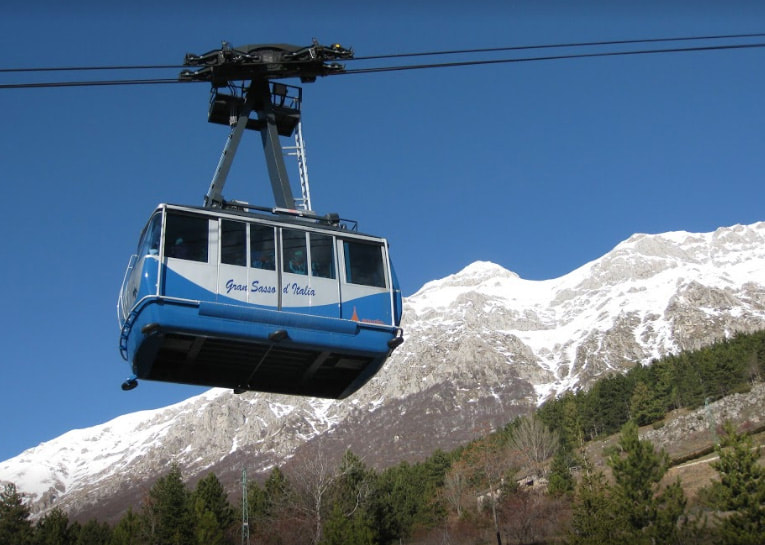
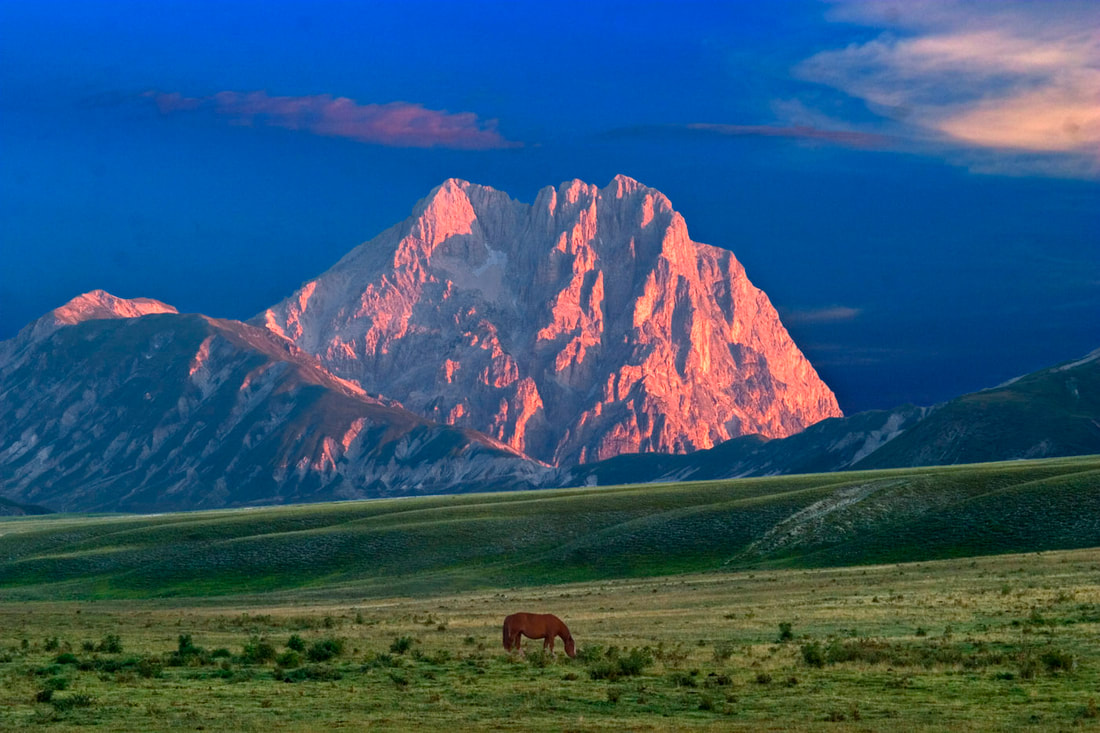
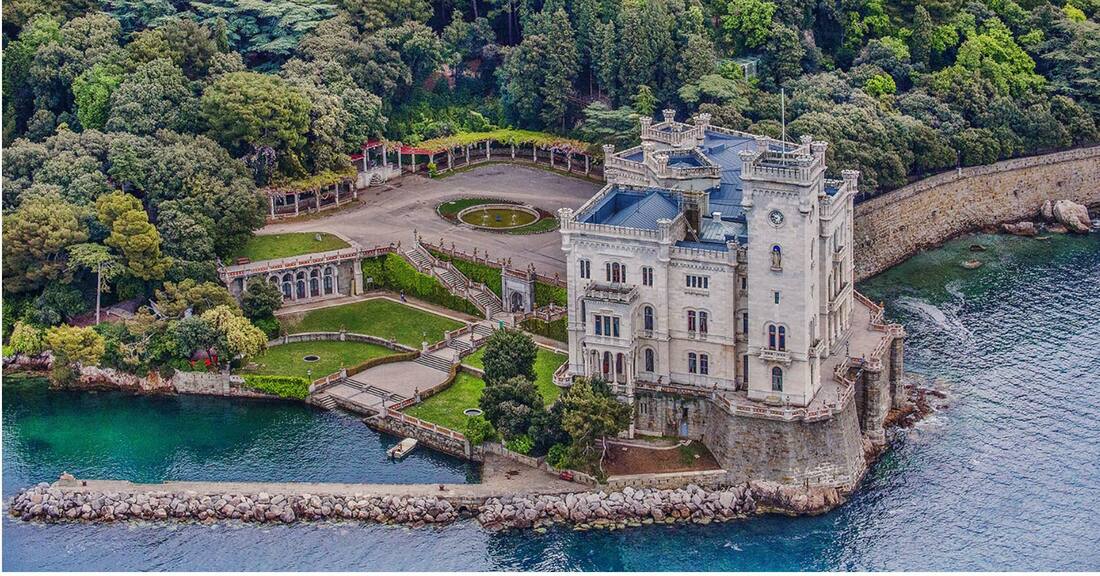

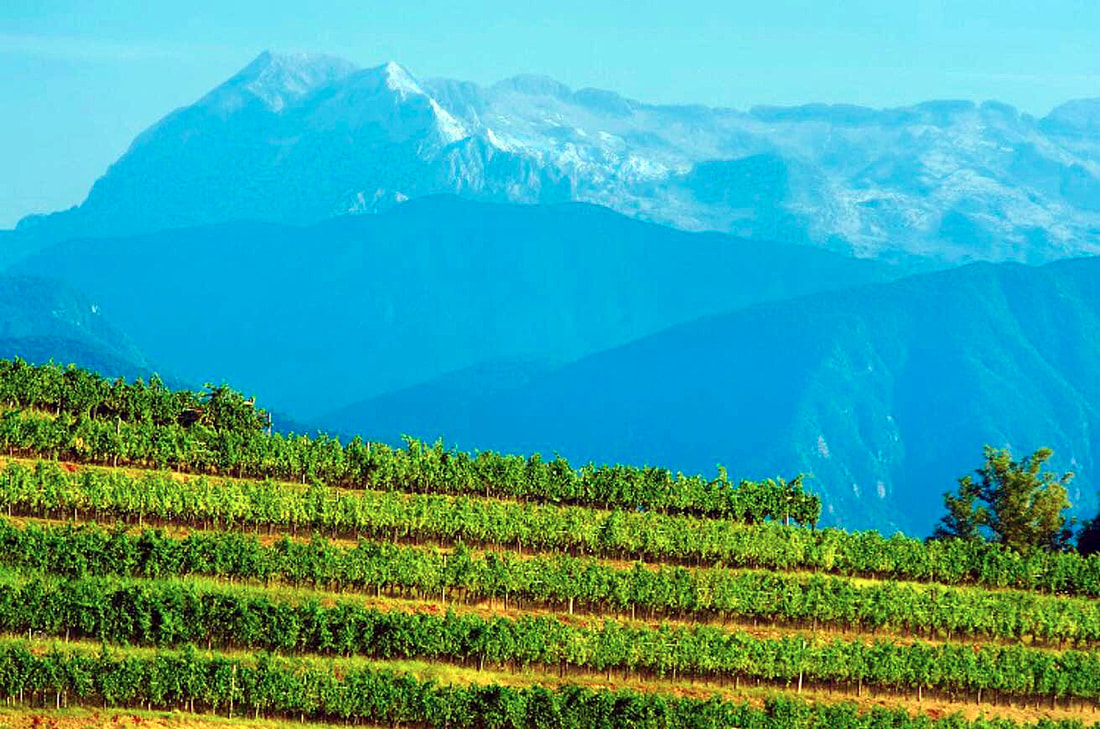
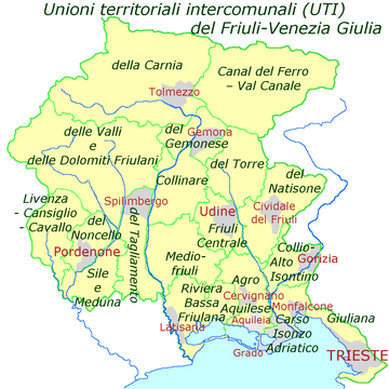
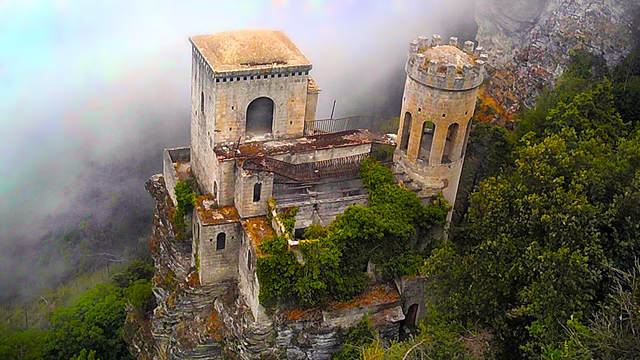
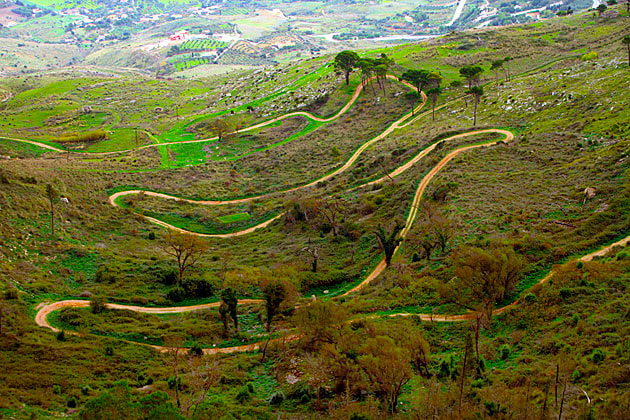
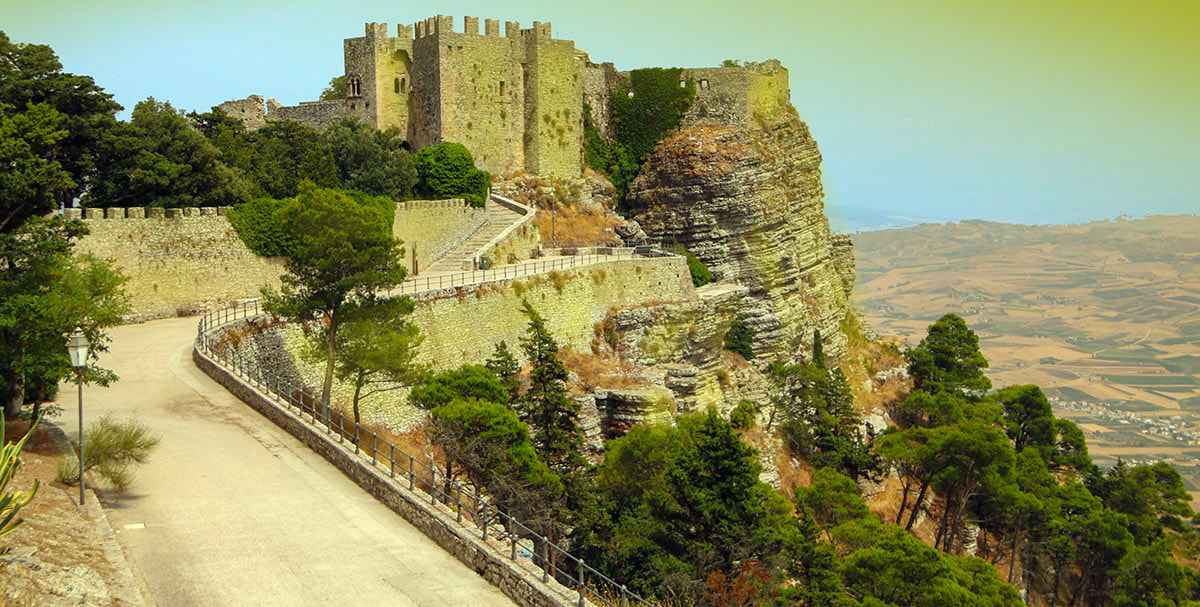
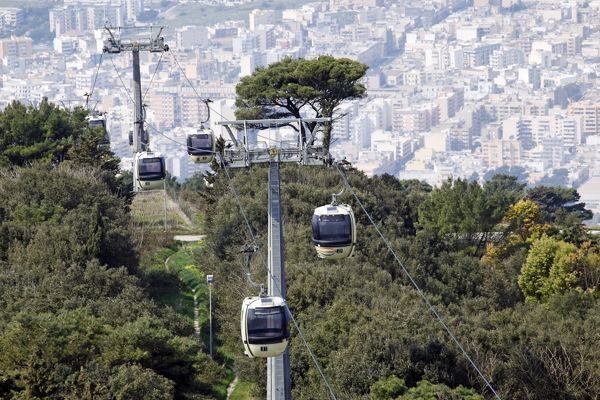

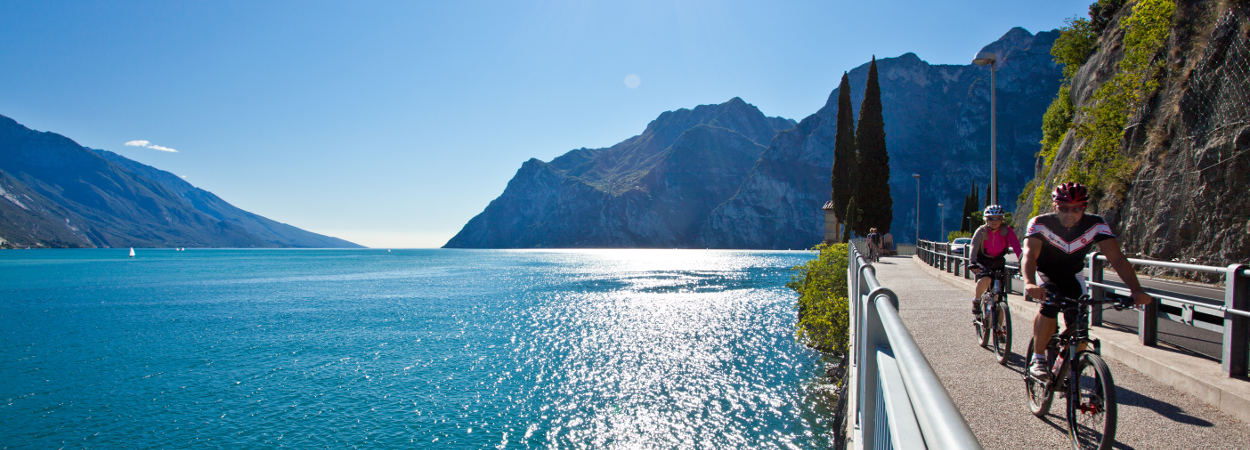
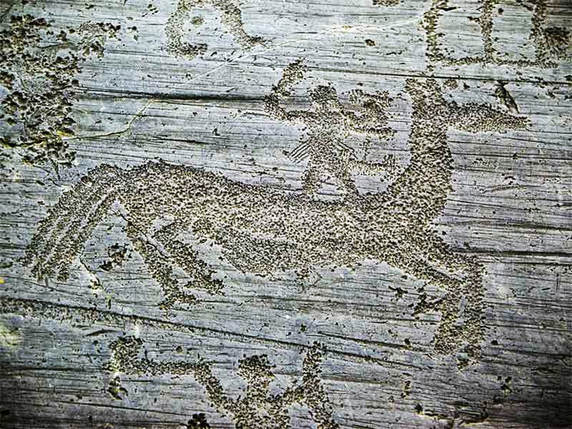
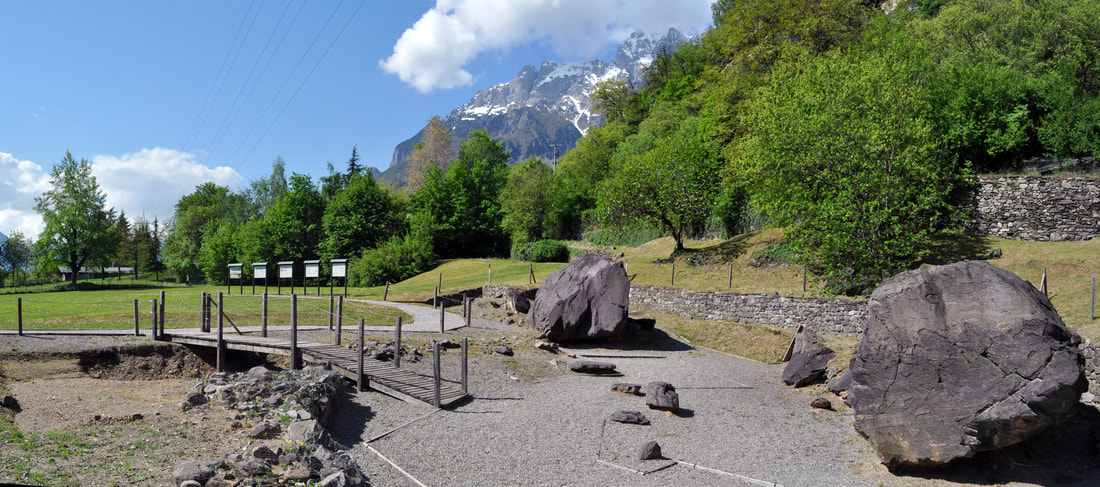
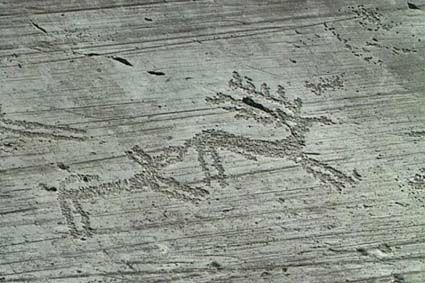
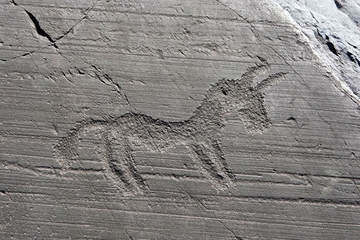
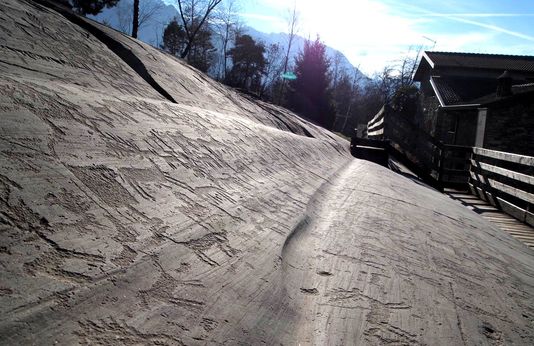
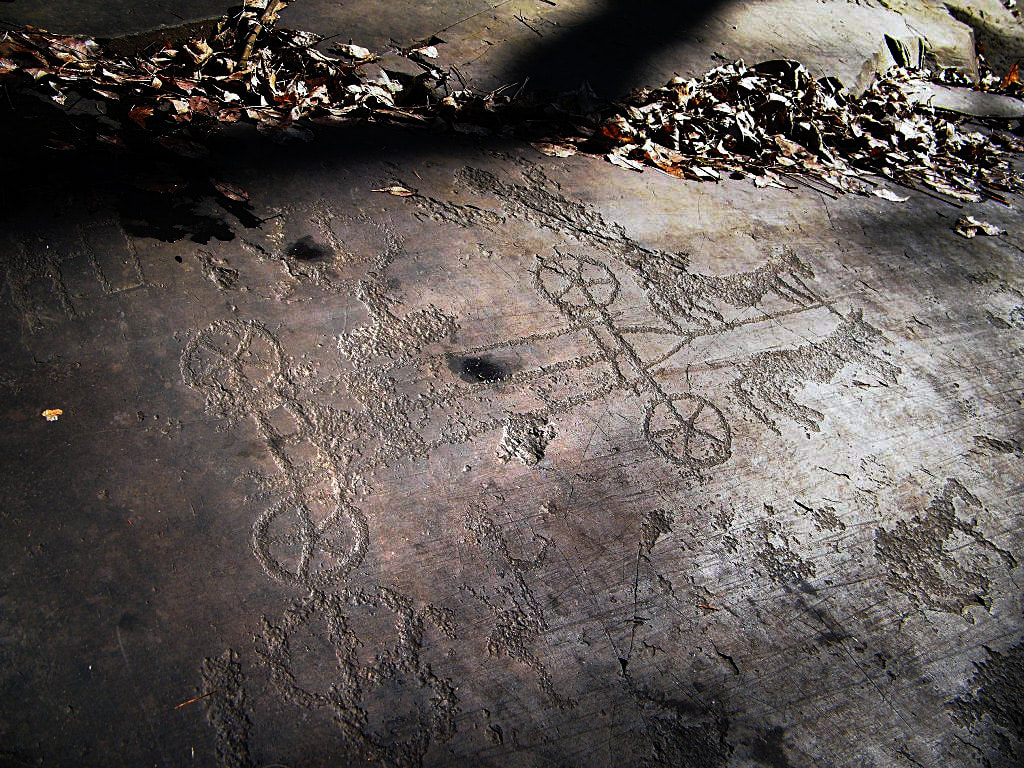
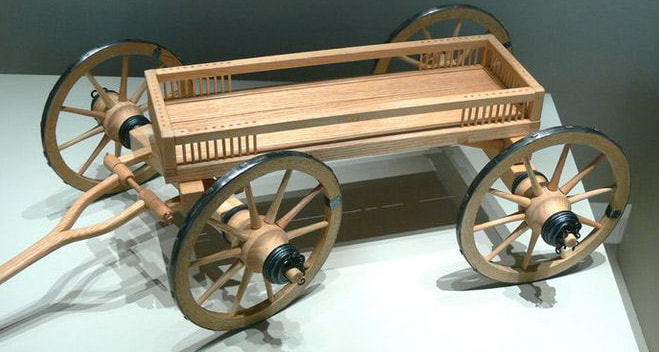
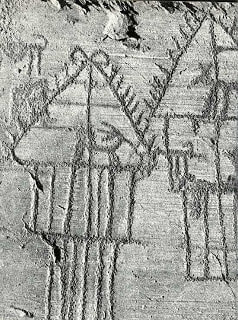
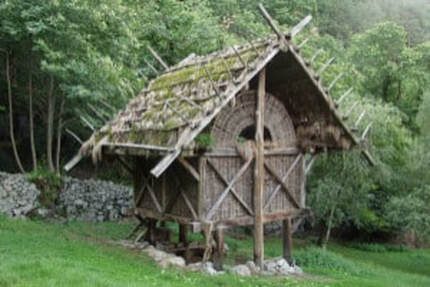
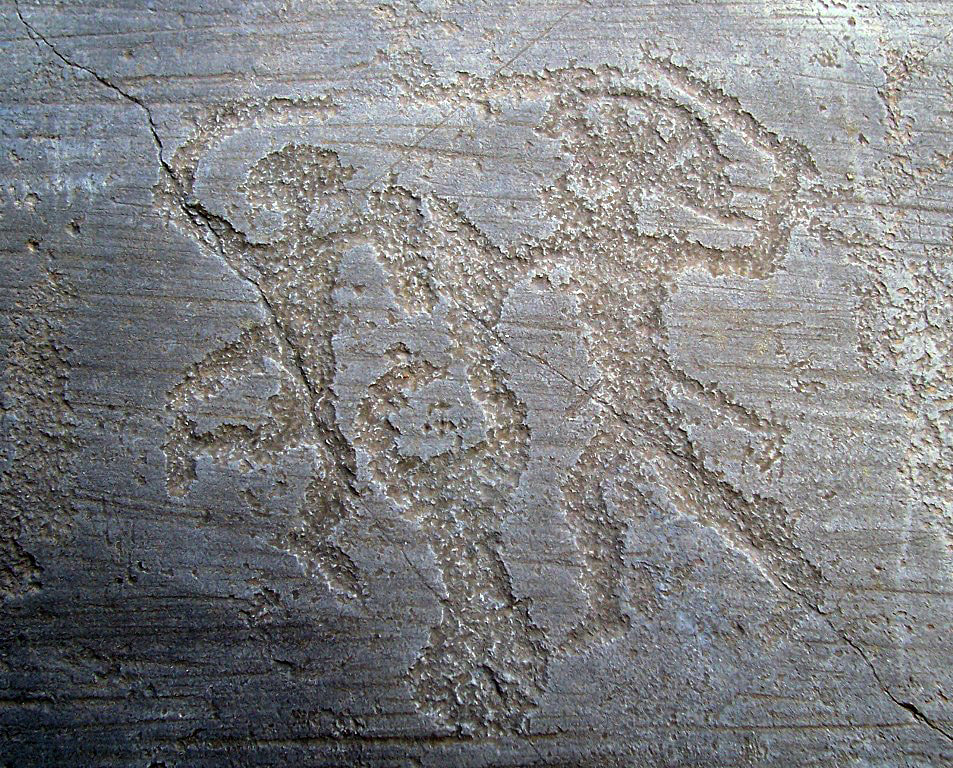
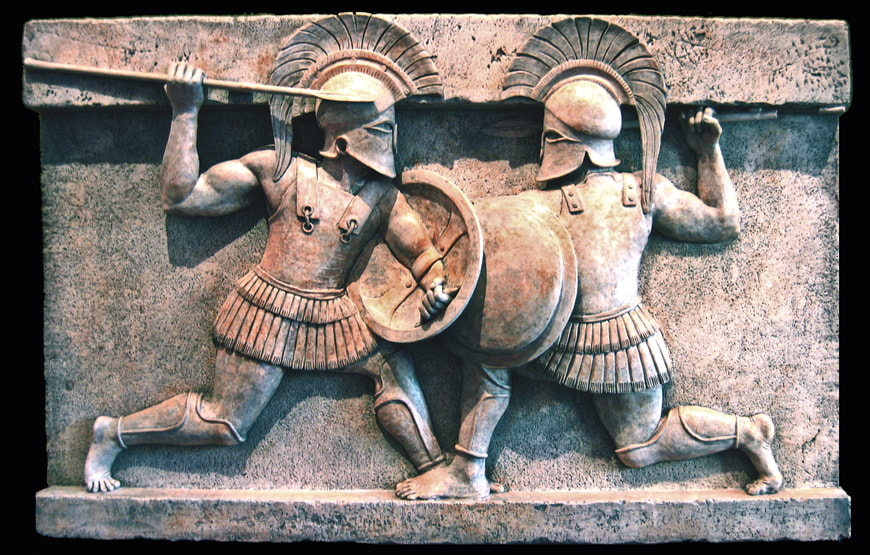

 RSS Feed
RSS Feed
